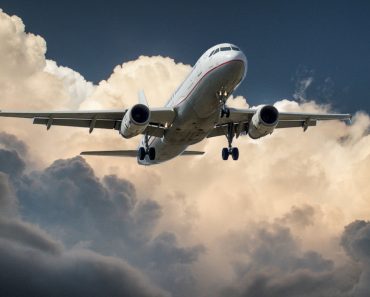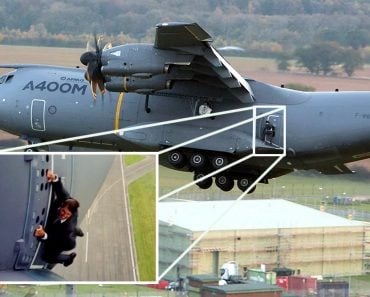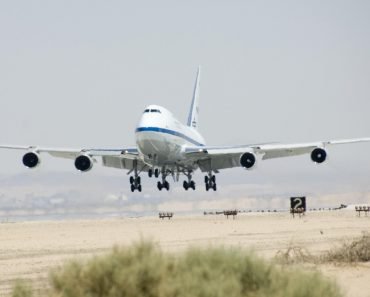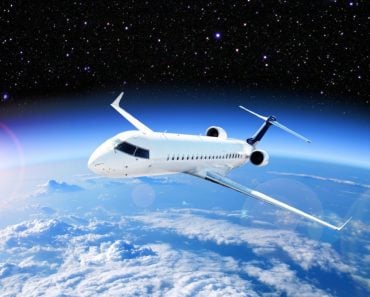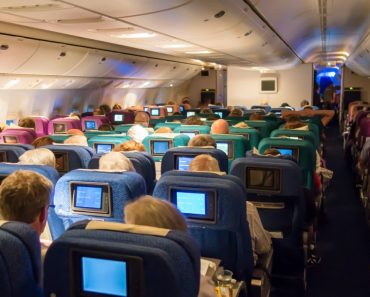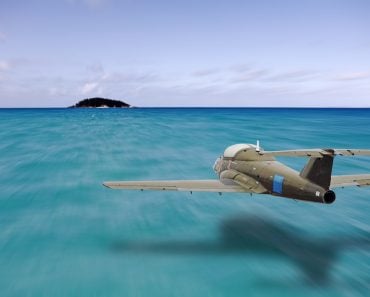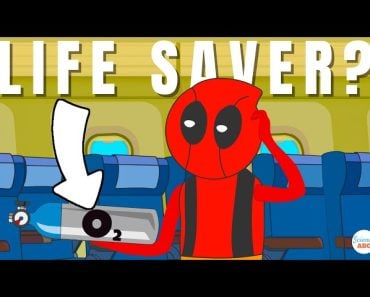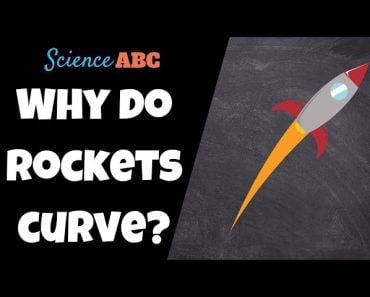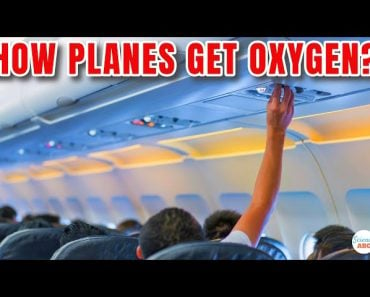Mid-air refueling takes place by connecting a tanker aircraft with a recipient aircraft through a retractable pipeline that pumps fuel.
Although man’s understanding of aviation has come much farther than what the Wright brothers had originally conceived, the fear-in-chief remains the same!
“What if I fall out of the sky?”

The idea that any help available to you is several thousand feet below you, safely on the ground, and that gravity will invariably act against you, provides no solace for these worries. For perspective, think of running out of gas while driving. The very thought of having to push your car to the nearest fuel stop is exhausting.
However, so long as cars are on land, they will arrive at a gas station sooner or later.
But what would happen if an aircraft were to run out of ‘gas’ mid-flight? Is dropping from the sky inevitable?
Recommended Video for you:
Mid-air Refueling Via Flying Gas Stations
Turns out, the brighter minds amongst us have already pre-empted such a problem. The risk of an aircraft running out of fuel over long distances is only too real. Due to this, aircraft are fueled mid-flight by bigger aircraft that are essentially flying tanks of fuel.
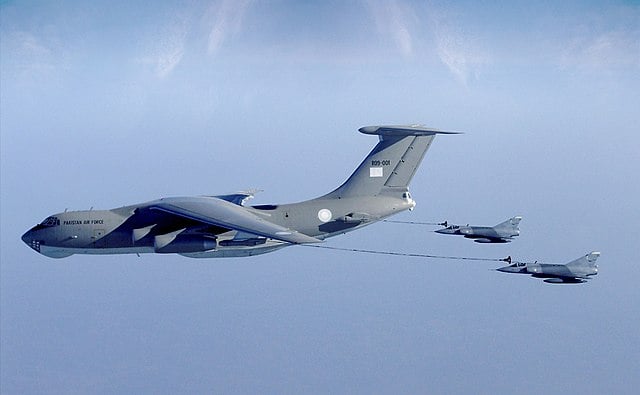
This is commonly known as mid-air refueling. However, mid-air refueling is not a standard practice and is only used as a resort in critical operations.
When Would An Aircraft Run Out Of Fuel In Mid-air?
An aircraft engine not getting fuel can be caused by two things. The first is fuel starvation, wherein fuel is present in the aircraft, but unable to reach the engine due to line faults. Fuel starvation can only be rectified by servicing.
Fuel exhaustion, on the other hand, is the complete absence of fuel. The reasons for fuel exhaustion could be, but are not restricted to:
- Missions over longer distances
- Miscalculation or underestimation of fuel required
- Loss of mileage due to air currents at lower altitudes
Fuel exhaustion typically occurs towards the end of a given journey and can be rectified by refueling.
What Kind Of Aircraft Can Be Refueled Mid-air?
Aircraft are generally designed to be refueled on the ground. In order to be refueled in mid-air, the craft’s fuel ports have to be moved to a convenient position so that they can be accessed by refueling pipes. Thus, it is possible to refuel all aircraft in mid-air, provided they are modified for it.
However, unlike road vehicles, where the cost of refueling is just the cost of fuel; mid-air refueling is a very expensive affair. When coupled with safety issues arising from two aircraft flying in such close proximity, the tangible and intangible costs can quickly add up. Thus, mid-air refueling is exclusively restricted to military operations.
Notable exceptions to this rule are strategically important aircraft, such as presidential carriers. Most presidential carriers are commercial aircraft, modified to accept mid-air refueling, owing to their national importance.
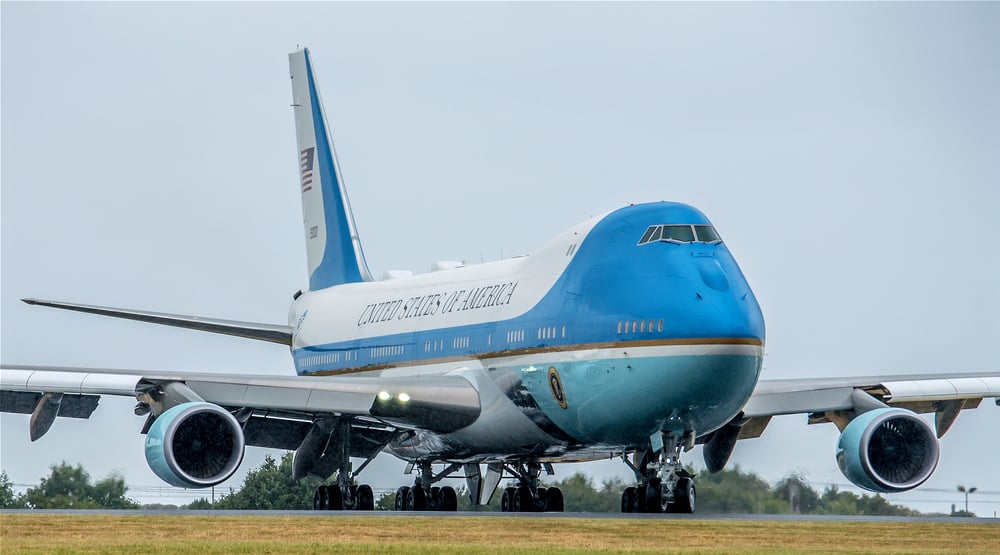
It is not feasible to refuel commercial and private aircraft mid-air, from safety, economical and logistical standpoints. Due to this, it is desirable for them to take layovers instead, and there are protocols for emergency landings at various airports.
How Does Mid-air Refueling Take Place?
In principle, mid-air refueling is a pretty simple operation. Fuel is delivered by means of a ‘tanker’ aircraft to the ‘receiver’ aircraft while in flight. It goes without saying that the receiver aircraft should have some fuel left, as it must sustain its flight until it gets refueled.
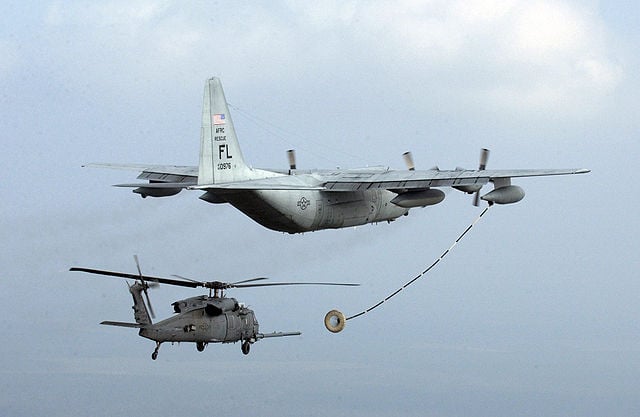
The tanker aircraft flies and connects to the receiver aircraft by means of either fixed or flexible tubing, and then pumps the fuel over. This tubing fixes to a receptacle or probe in the receiver aircraft. To assist fuel flow, the receiver aircraft fly behind and below the tanker aircraft. The rate of refueling is dependent on the refueling system and the size of the recipient aircraft.

Across the world, mid-air refueling operations are carried out using one of the following two systems:
Flying Boom System
The boom is a rigid, retractable pipe that extends from the tail end of a tanker aircraft. It is deployed by a boom operator sitting in the tanker aircraft, with virtual or real-time visibility of the boom and the recipient aircraft.
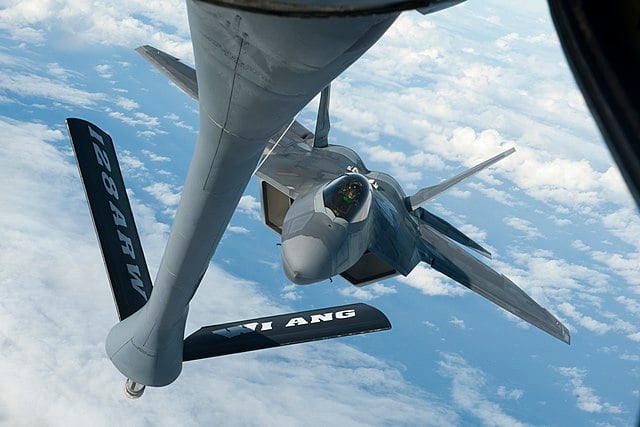
When the recipient aircraft is in the ‘refueling envelope’, the boom is inserted into a receptacle, allowing for fuel pumping to commence. The boom has high drag due to its non-aerodynamic configuration and rigidity. It is thus equipped with winglets that stabilize it while filling.
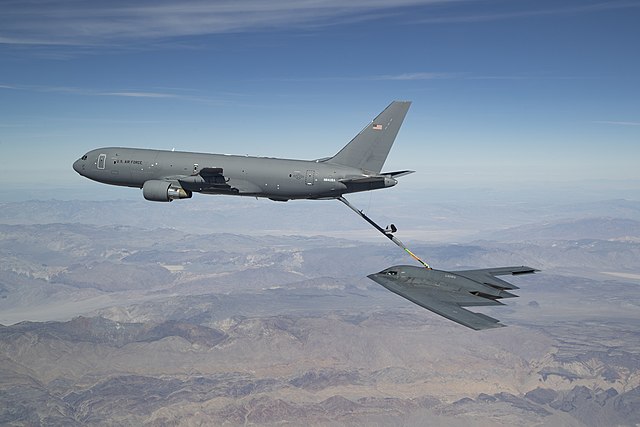
Flying booms are capable of pumping as much as 1000 gallons per minute (source). Due to this, they are best used for refueling bigger military aircraft with high-volume storage tanks.
Tanker aircraft have just one flying boom that can cater to a single aircraft at a time.
Probe And Drogue System
Some tanker aircraft use flexible hoses instead of a rigid boom. They can also carry fuel in multiple storage units aboard a single aircraft. This makes them capable of refueling multiple aircrafts in one mission. Since flexible hoses flutter when deployed from aircraft in flight, they have to be stabilized.
This is achieved by attaching a collapsible, drag-inducing contraption called a drogue. Drogues resemble badminton shuttlecocks in design, and add drag to the pipeline, thus preventing it from whiplashing.

Recipient aircraft for such refueling systems are equipped with probes, which are fixed or retractable pipes extending from their body. These pipes are rigid and get funneled into the drogue, establishing a connection to transfer fuel. Probe and drogue systems can usually fill up to 600 gallons of fuel per minute, and are thus more desirable for smaller aircraft. At the same time, multiple small aircraft can be accommodated in the tanker’s refueling envelope.
Risks In Mid-air Refueling
Other than the implicit danger of two aircraft flying in close proximity, there are several other risks to mid-air refueling. Internal risks include the failure of refueling systems, such as hose release and retraction, fuel pumps etc.
External risks arise from the risk of fuel spillage, refueling hardware damage while connecting or disconnecting, and improper aircraft alignment. Spatial disorientation, especially for night flights, also presents huge risks in mid-air refueling.
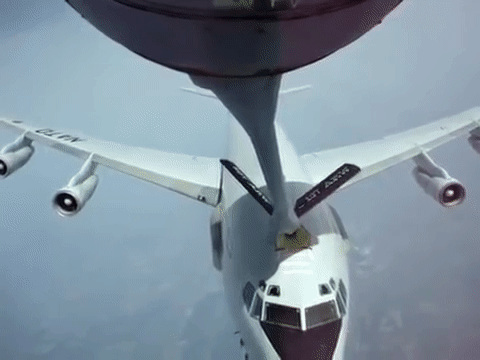
Safety Protocols For Risk Reduction
It is inevitable for the tanker aircraft to come in close proximity to the receiving aircraft. Thus, safety protocols and failsafe mechanisms are devised to improve situational awareness and reduce refueling accidents.
Tanker aircraft use dimmable exterior lighting to prevent recipient aircraft from disorientation and blinding, especially at night. The autopilot feature is especially useful for monitoring the relative speeds of both aircraft.
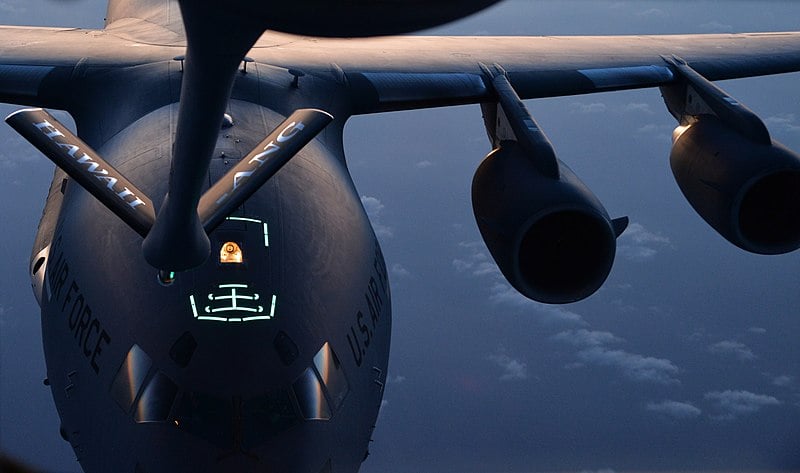
Aircraft generally fly in pre-established formations to reduce the risk of collision.
Gas pumping does not commence until a secure seal is established. After refueling, the hose is reeled back in a manner that prevents residual fuel from spilling onto the viewports of the recipient aircraft. Emergency disconnects and quick releases also add a layer of safety to prevent fuel spillage.
A Final Word
Risks arising due to fuel exhaustion stem from large distances between airports. Due to well-established routes and high flying frequencies, these risks are significantly low for commercial aircraft.
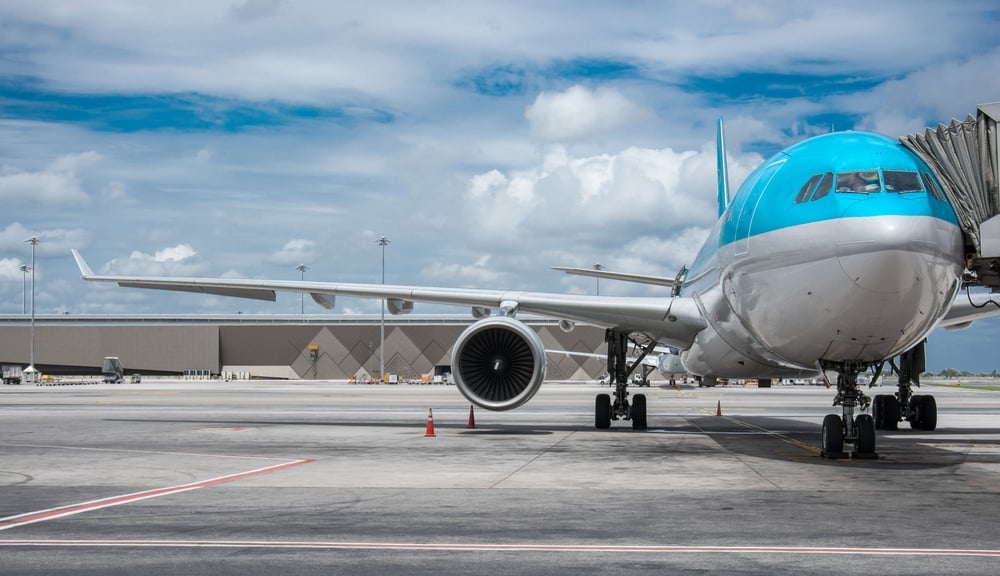
On the other hand, military aircraft have non-standard flight plans and the risk of fuel exhaustion is higher.
An alternative solution? Aircraft carriers.
These large warships act as floating airports and are stationed at sea. They increase military responsiveness and significantly decrease land-based distances, thereby addressing fuel exhaustion and reducing the need for risky mid-air refueling missions!
References (click to expand)
- https://havarikommissionen.dk/media/9230/fuel.pdf
- (2018) Aerial Refueling Probe/Drogue System - DTIC. apps.dtic.mil
- FAA Guide to Ground Vehicle Operations. faa.gov
- C Bolkcom. Air Force Aerial Refueling Methods: Flying Boom versus Hose .... The Federation of American Scientists
- (2007) Boom-receptacle vs. Probe-and-drogue. Oklahoma State University–Stillwater
- How Difficult is Aerial Refueling? - Hill Aerospace Museum. Hill Aerospace Museum

